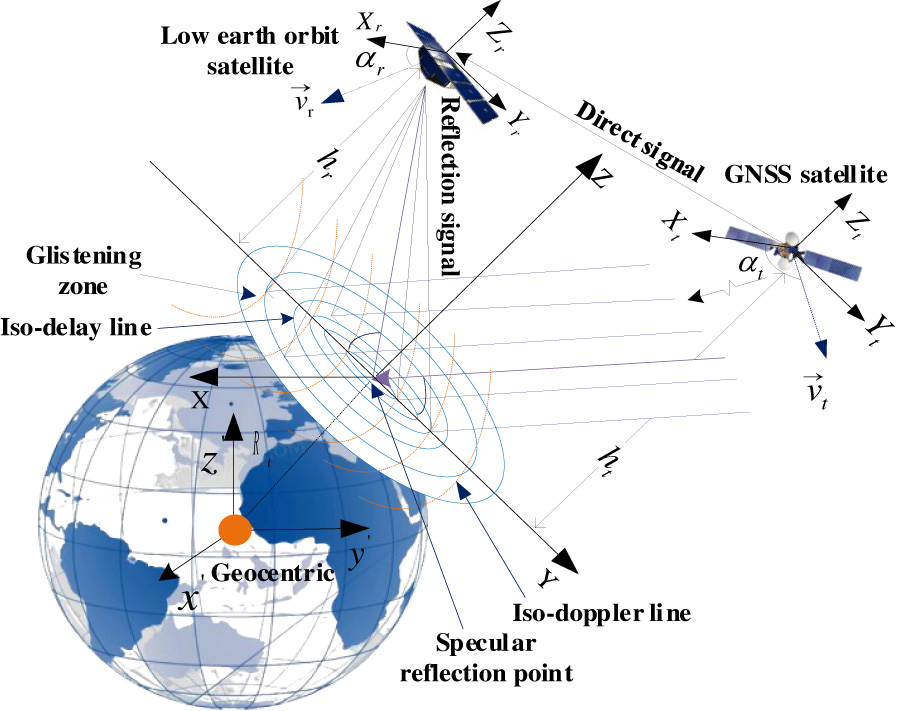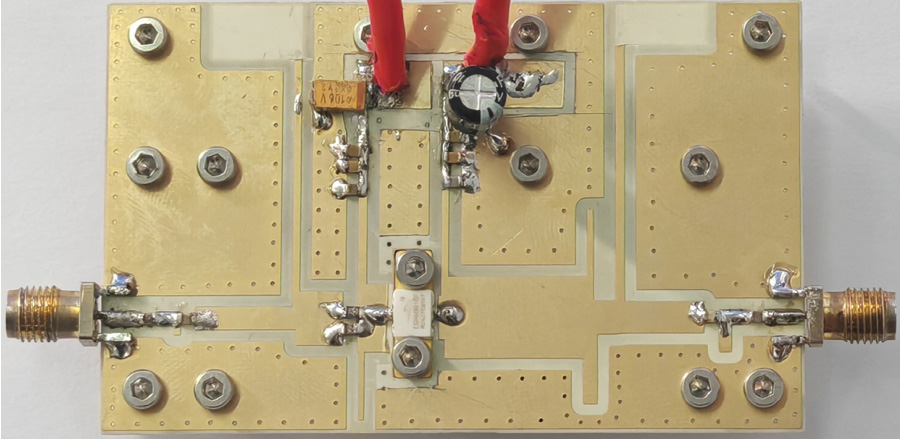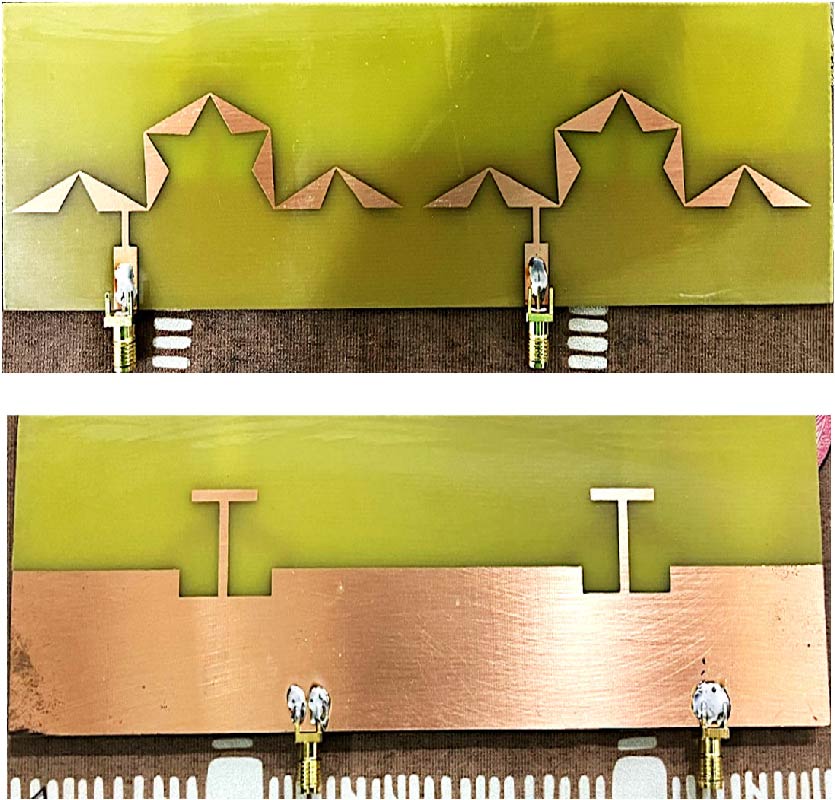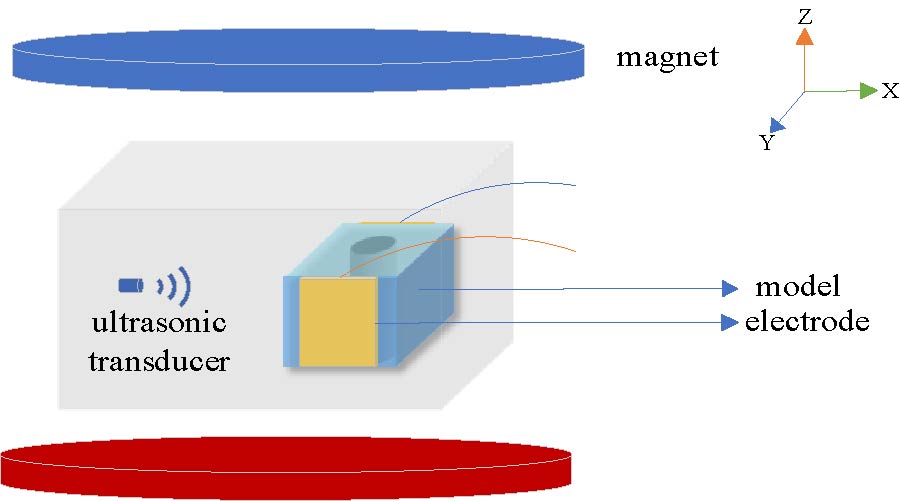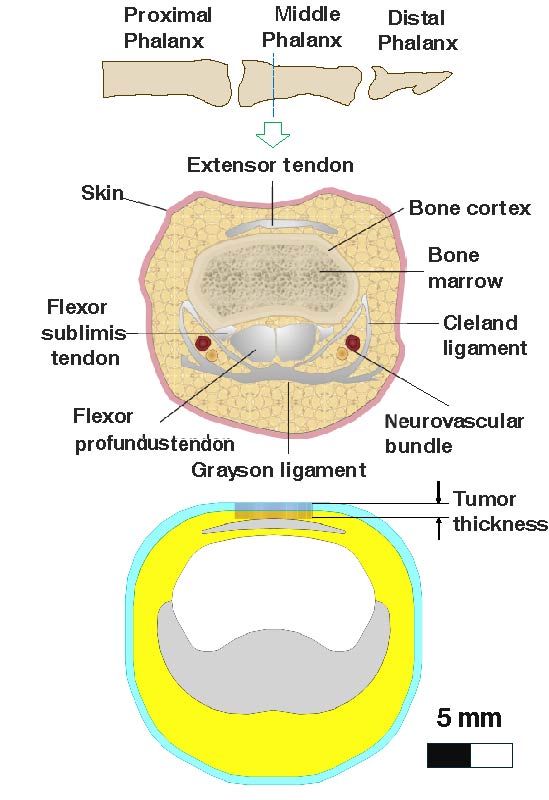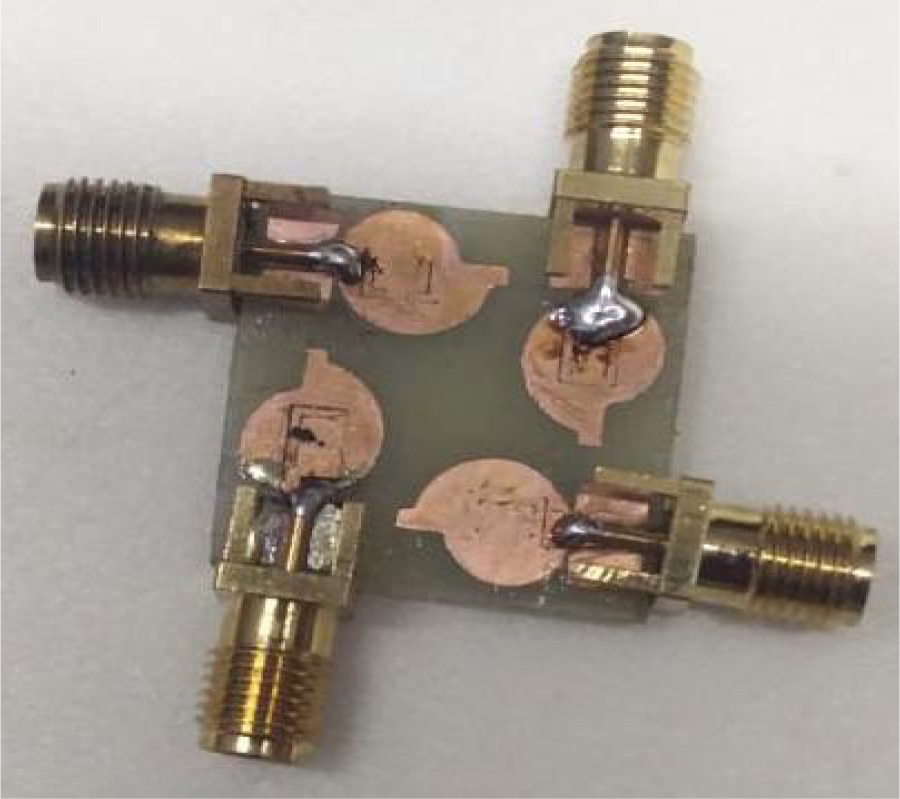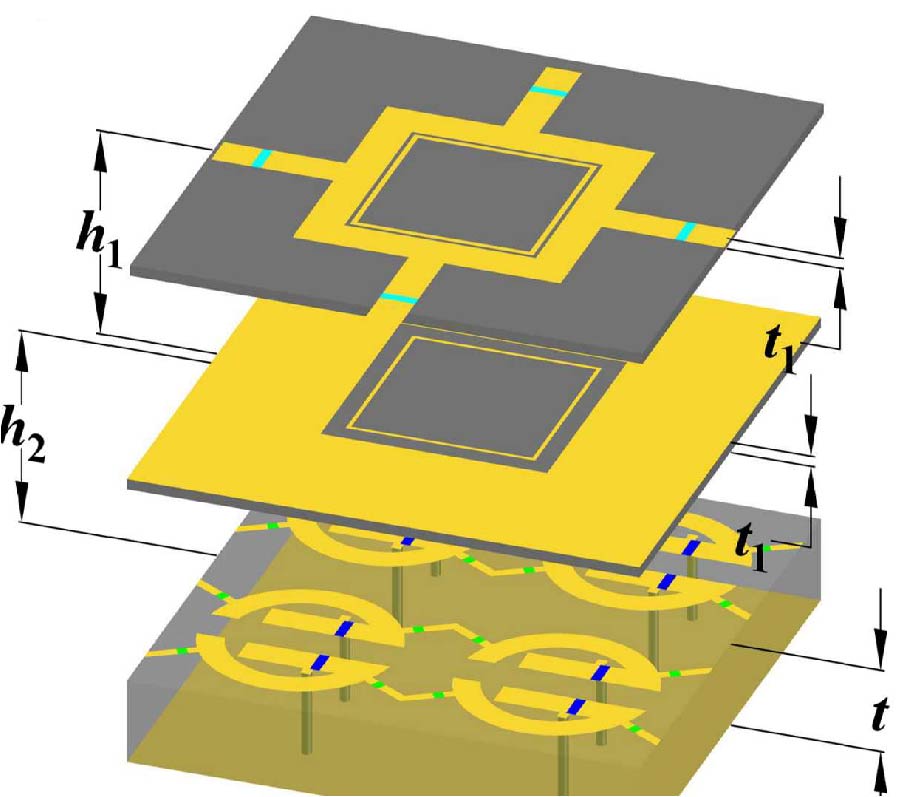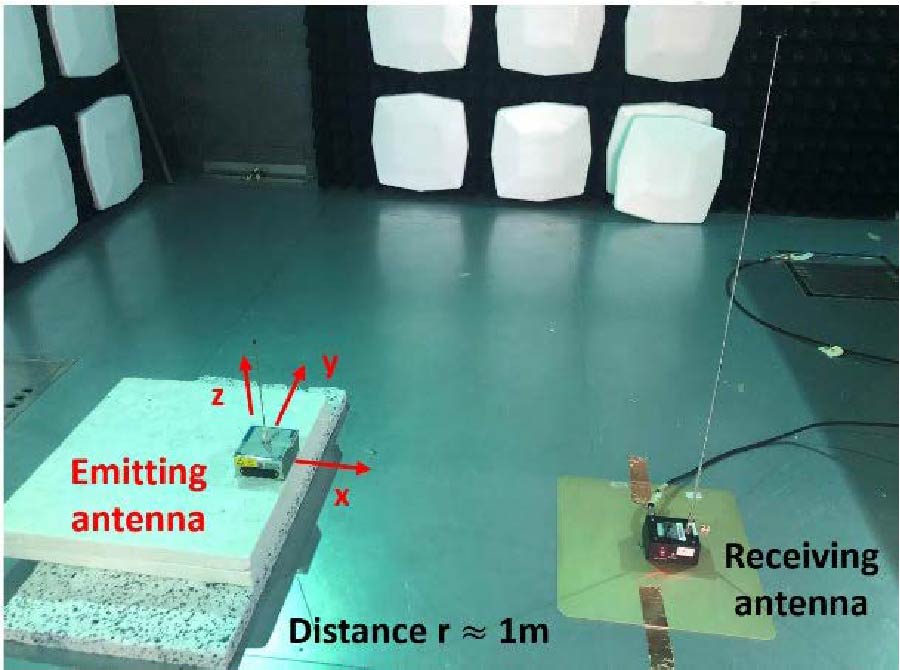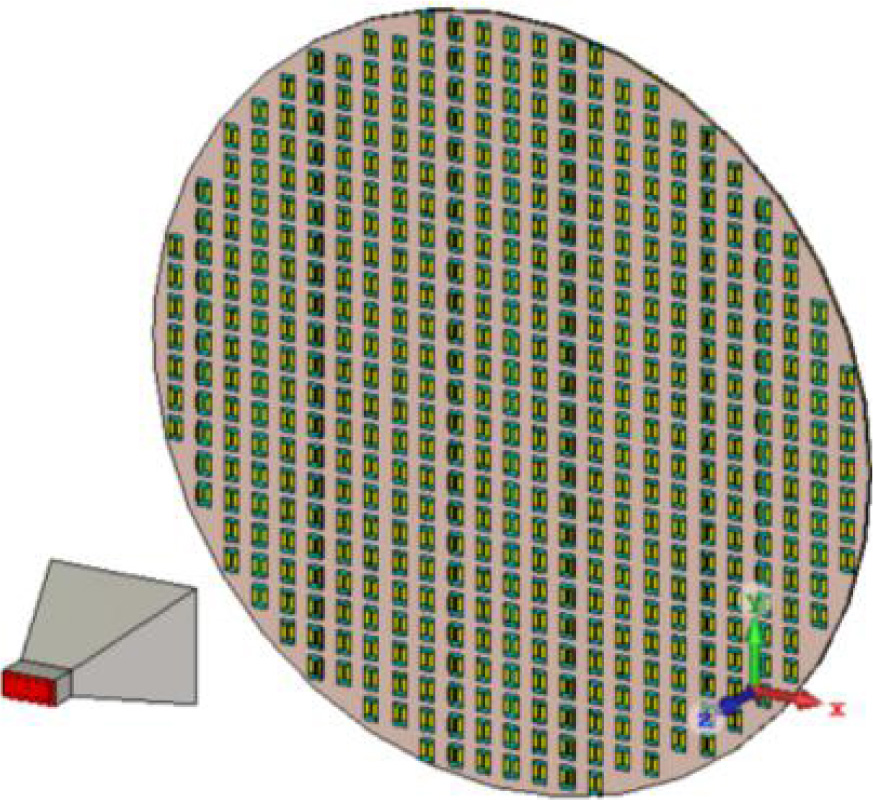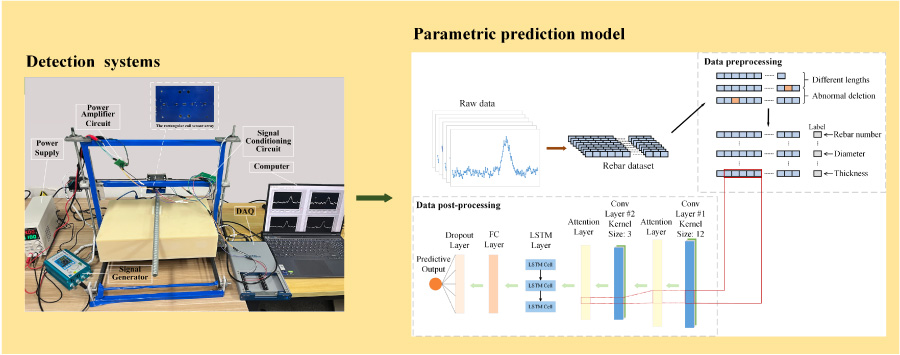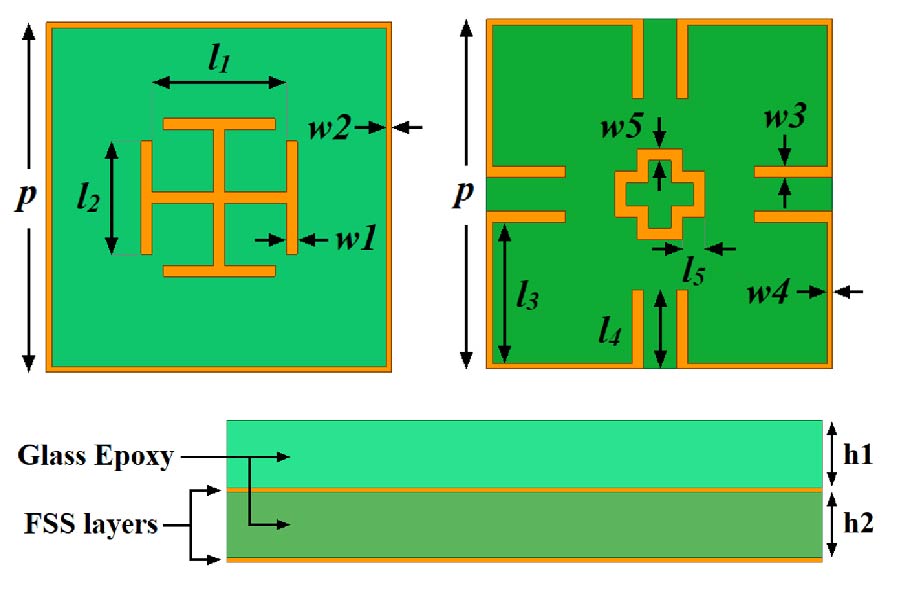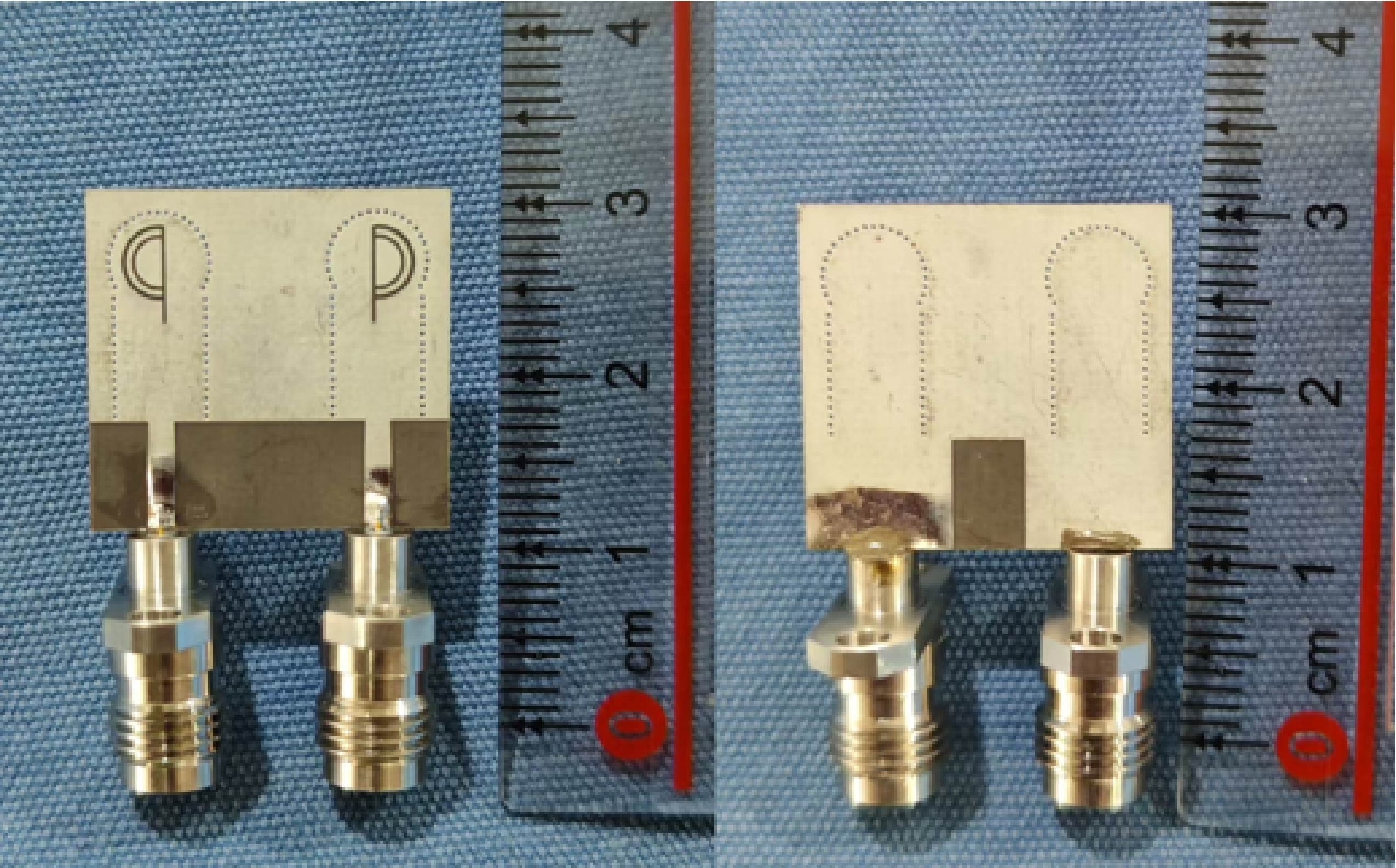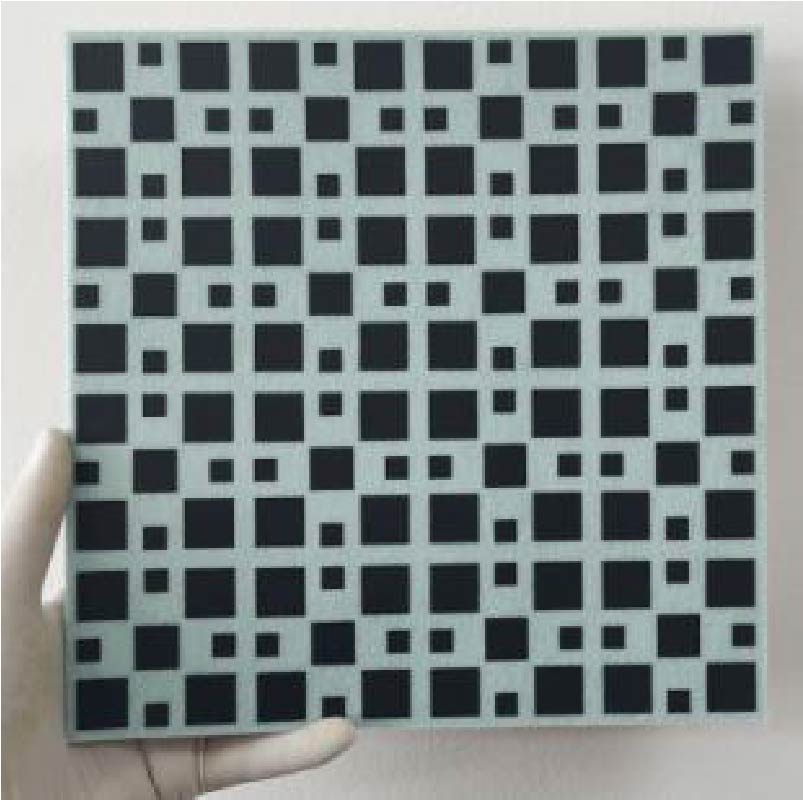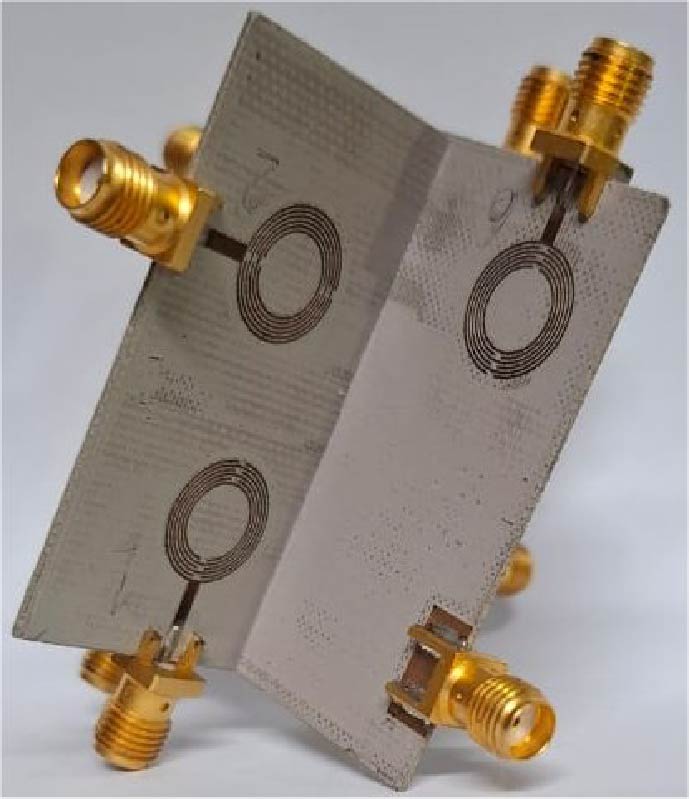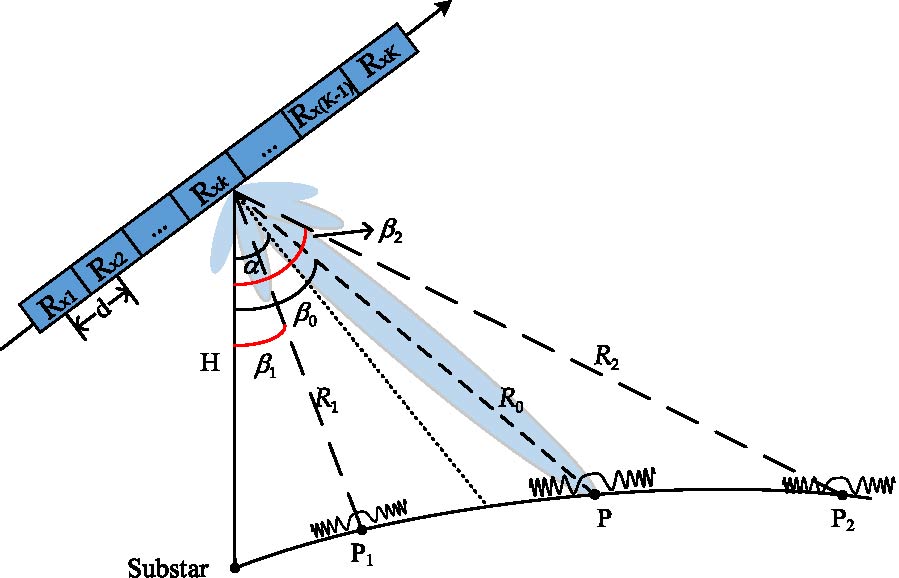An Intelligent Algorithm Based on the Improved CNN-LSTM for the Detection of Concrete Reinforcement Information
Xuefeng Bai,
Ronghua Zhang,
Jinxun Le,
Boyang Li,
Wenying Fu,
Shuqing Jia and
Wuliang Yin
Reinforced concrete plays a vital role in the construction industry. Therefore, it is necessary to evaluate the parameters such as the number, diameter and protective layer thickness of rebar in concrete during and after the construction process. In this paper, we take the pulsed eddy current detection method as the principle, build the relevant experimental system, collect the data samples about the parameter information of the rebar, and propose an intelligent algorithm based on Convolutional Neural Network with Long Short-Term Memory (CNN-LSTM) based on Convolutional Block Attention Module (CBAM), which is capable of automatically extracting the relevant features of information-rich PECT signals, and the CBAM is introduced into CNN to enhance its feature extraction capability, which improves the accuracy and interpretability of CBAM-CNN-LSTM in predicting rebar information. In order to verify the performance of the method, traditional CNN, LSTM, and CNN-LSTM algorithms were used for comparison, and the prediction results were evaluated by decision coefficient (R2), Explained Variance Score (EVS), Root Mean Square (RMSE), and Mean Absolute Error (MAE). The experimental results show that the method is able to accurately predict the specimen information with good prediction accuracy and stability as the average error of the prediction of the number is reduced by 50% and the average error of diameter and thickness prediction reduced by 20% and 3% after adding the CBAM.
